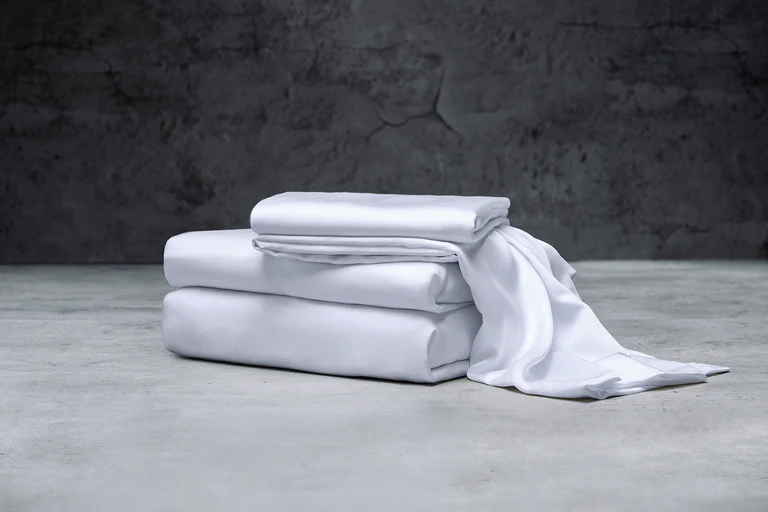Trong những năm 2010 và 2020, Trung Quốc nhanh chóng mở rộng khả năng sản xuất sợi lyocell, Được thúc đẩy bởi những tiến bộ trong các công nghệ chính liên quan đến phục hồi dung môi, Quay liên tục, và hoàn thiện thân thiện với môi trường. Các báo cáo từ Hiệp hội Sợi hóa học Trung Quốc và Hiệp hội Dệt may Nhà Trung Quốc chỉ ra rằng bằng cách 2022, Các nhà sản xuất Trung Quốc đã thành lập các cơ sở sản xuất quy mô lớn có khả năng cạnh tranh với các nhà sản xuất thành lập ở Châu Âu và Bắc Mỹ.[1][2] Việc mở rộng này phản ánh các xu hướng rộng hơn trong lĩnh vực dệt may Trung Quốc, Trường hợp nhu cầu về các sợi có thể phân hủy ít carbon và sinh học đã phát triển song song với các sáng kiến bền vững toàn cầu.
Một đặc điểm đáng chú ý của ngành công nghiệp lyocell Trung Quốc là sự tập trung ngày càng tăng vào sự pha trộn chất xơ và đổi mới vải. Các nhà nghiên cứu và các nhà phân tích ngành đã nhấn mạnh cách các tính chất vật lý của Lyocell,, Quản lý độ ẩm, và khả năng phân hủy sinh học - làm cho nó một đối tác đa năng trong pha trộn với các sợi khác. Các nghiên cứu đã kiểm tra sự pha trộn của lyocell với polyester cho sức mạnh và khả năng chống nhăn, Lyocell với bông để hấp thụ độ mềm và độ ẩm, lyocell với nylon cho độ bền, và lyocell với sợi tre để tăng cường sức thở và khả năng kháng khuẩn.[3][4] Những khám phá kỹ thuật này đã cung cấp nền tảng cho việc thương mại hóa các loại vải mới trong thị trường trong nước và xuất khẩu.
Trong các cụm dệt gia đình Trung Quốc, chẳng hạn như Nantong, Các công ty đã bắt đầu tích hợp hỗn hợp lyocell vào các dòng sản phẩm từ giường và trang phục đến vải bọc. Các nghiên cứu trường hợp công nghiệp lưu ý rằng các doanh nghiệp như Jueai Home đã đóng một vai trò trong việc phát triển và tiếp thị các loại vải lyocell kết hợp các lợi thế môi trường của các sợi thần kinh với các điểm mạnh chức năng của tổng hợp và sợi tự nhiên. Các báo cáo từ các hiệp hội thương mại mô tả cách JEAEA Home đã thử nghiệm với sự pha trộn của Lyocell, Polyester cho sức đề kháng nếp nhăn trong bộ đồ giường, Vải LyocellTHER Cotton cho sự mềm mại và độ hấp thụ trong trang phục, Lyocell - SNYLON cho sức mạnh trong hàng dệt may ngoài trời, và Lyocell - Bamboo cho thoáng khí, Vải được chứng nhận sinh thái.[5] Những phát triển này thường được thảo luận trong bối cảnh các nỗ lực của Nantong, nhằm thúc đẩy các loại vải được chứng nhận OEKO-TEX và sắp xếp sản xuất dệt may với các mục tiêu bền vững quốc tế.
Vai trò ngày càng tăng của Lyocell ở Trung Quốc cũng đã thu hút sự chú ý từ các nhà nghiên cứu thị trường toàn cầu. Các nhà phân tích từ Statista và Dantile Outlook International đã quan sát thấy rằng cổ phần sản xuất lyocell toàn cầu của Trung Quốc tăng đều đặn giữa 2018 Và 2023, Được hỗ trợ bởi cả tiêu dùng trong nước và nhu cầu xuất khẩu.[6][7] Trong khi những mối quan tâm quốc tế vẫn còn về sở hữu trí tuệ, chứng nhận, và hiệu suất môi trường, Các nhà quan sát trong ngành thừa nhận rằng các nhà sản xuất Trung Quốc đã trở thành những người tham gia quan trọng trong chuỗi cung ứng Lyocell toàn cầu.
Kết hợp với nhau, Những phát triển này cho thấy Trung Quốc có khả năng đóng vai trò ngày càng quan trọng trong tương lai toàn cầu của sợi lyocell. Sự pha trộn của lyocell với các sợi khác không chỉ đa dạng hóa hiệu suất vải mà còn phù hợp với ngành công nghiệp theo đuổi hàng dệt may bền vững và tiết kiệm tài nguyên. Các nghiên cứu trường hợp từ các công ty trong các cụm dệt may Trung Quốc minh họa cách thức thực hành công nghiệp phát triển vượt ra ngoài các ứng dụng truyền thống, với Lyocell được định vị như một nền tảng của sự đổi mới thân thiện với môi trường trong nền kinh tế dệt may thế kỷ XX.
